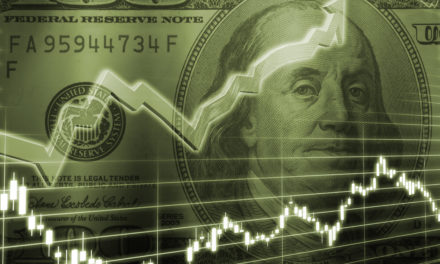
“Someone’s sitting in the shade today because someone planted a tree a long time ago.”
— Warren Buffett
The above quote from Warren Buffett is timeless, and brings into focus the choice about time horizon that any investor should think about before buying a stock they are considering. Behind every stock is an actual business; what will that business look like over a two-decade period?
Today, let’s look backwards in time to 2002, and take a look at what happened to investors who asked that very question about J.M. Smucker Co. (NYSE: SJM), by taking a look at the investment outcome over a two-decade holding period.
| Start date: | 07/08/2002 |
|
|||
| End date: | 07/05/2022 | ||||
| Start price/share: | $33.00 | ||||
| End price/share: | $131.48 | ||||
| Starting shares: | 303.03 | ||||
| Ending shares: | 551.84 | ||||
| Dividends reinvested/share: | $47.84 | ||||
| Total return: | 625.56% | ||||
| Average annual return: | 10.41% | ||||
| Starting investment: | $10,000.00 | ||||
| Ending investment: | $72,510.99 | ||||
The above analysis shows the two-decade investment result worked out quite well, with an annualized rate of return of 10.41%. This would have turned a $10K investment made 20 years ago into $72,510.99 today (as of 07/05/2022). On a total return basis, that’s a result of 625.56% (something to think about: how might SJM shares perform over the next 20 years?). [These numbers were computed with the Dividend Channel DRIP Returns Calculator.]
Notice that J.M. Smucker Co. paid investors a total of $47.84/share in dividends over the 20 holding period, marking a second component of the total return beyond share price change alone. Much like watering a tree, reinvesting dividends can help an investment to grow over time — for the above calculations we assume dividend reinvestment (and for this exercise the closing price on ex-date is used for the reinvestment of a given dividend).
Based upon the most recent annualized dividend rate of 3.96/share, we calculate that SJM has a current yield of approximately 3.01%. Another interesting datapoint we can examine is ‘yield on cost’ — in other words, we can express the current annualized dividend of 3.96 against the original $33.00/share purchase price. This works out to a yield on cost of 9.12%.
More investment wisdom to ponder:
“While some might mistakenly consider value investing a mechanical tool for identifying bargains, it is actually a comprehensive investment philosophy that emphasizes the need to perform in-depth fundamental analysis, pursue long-term investment results, limit risk, and resist crowd psychology.” — Seth Klarman



